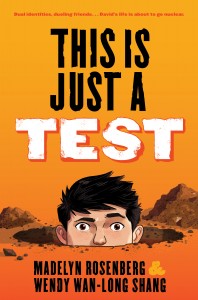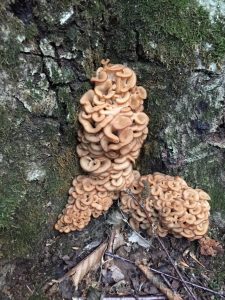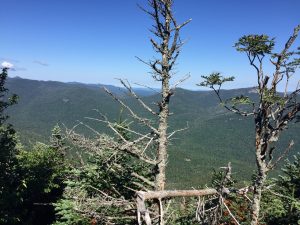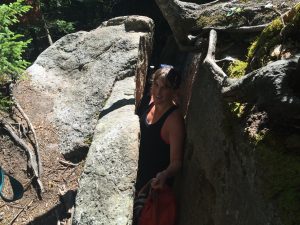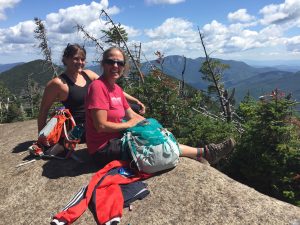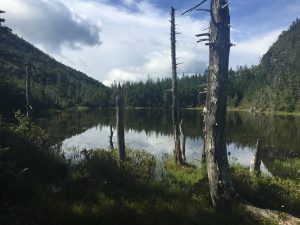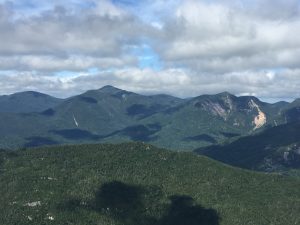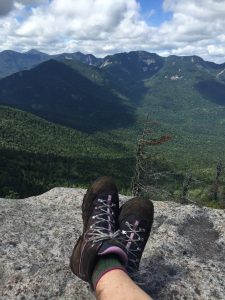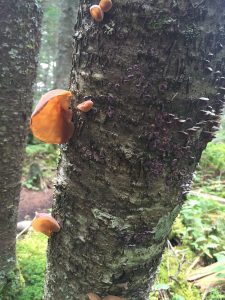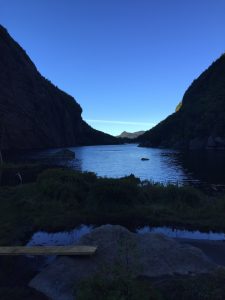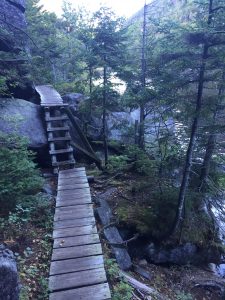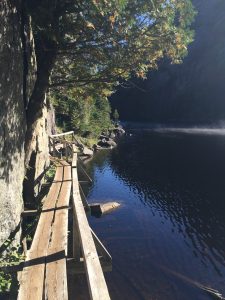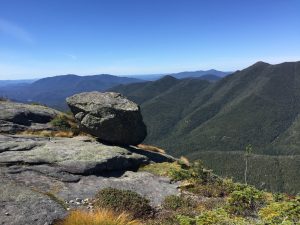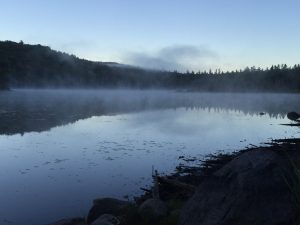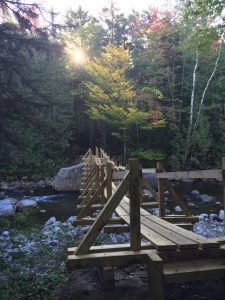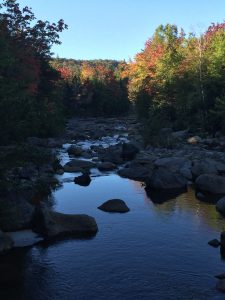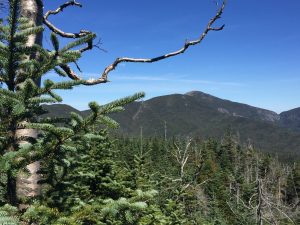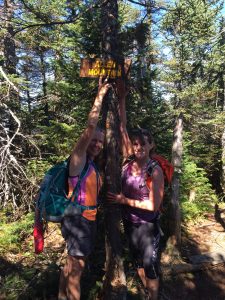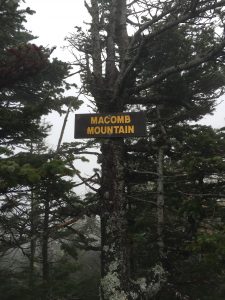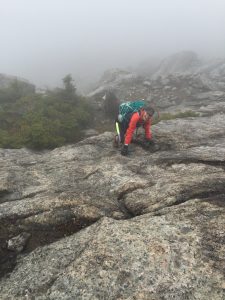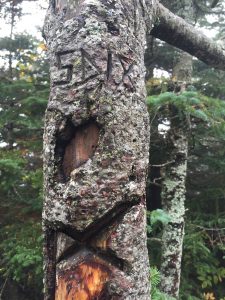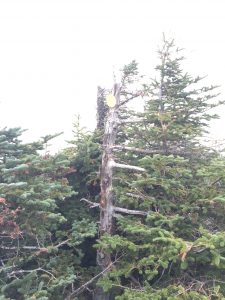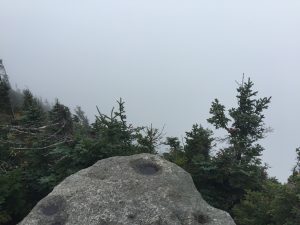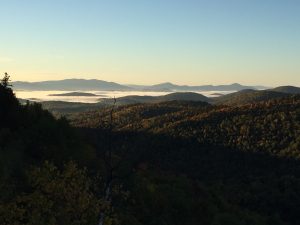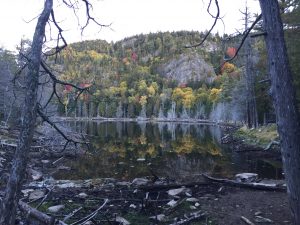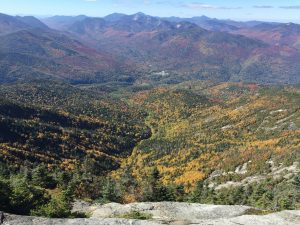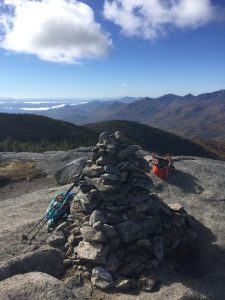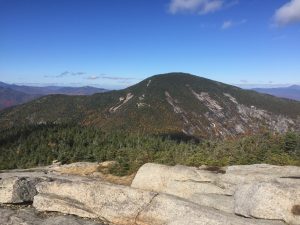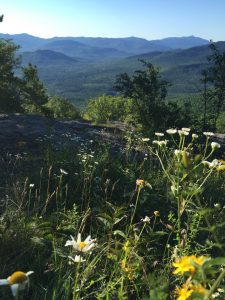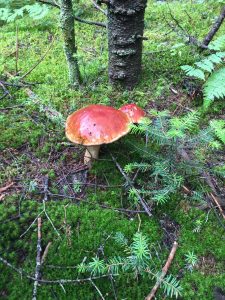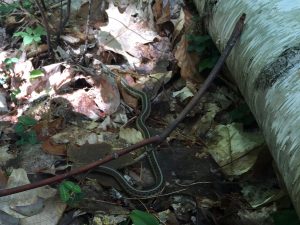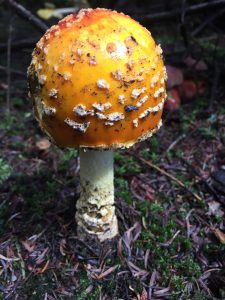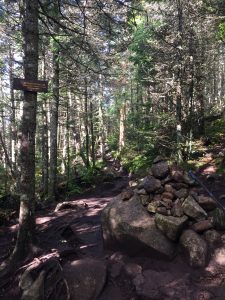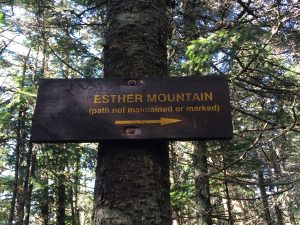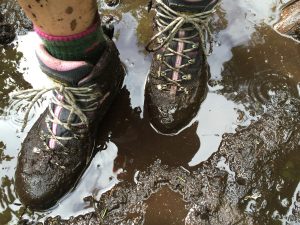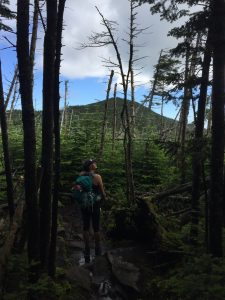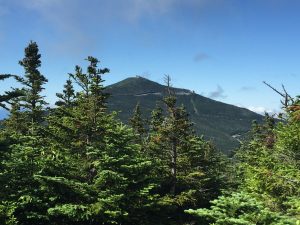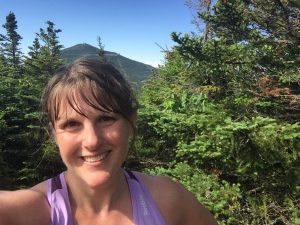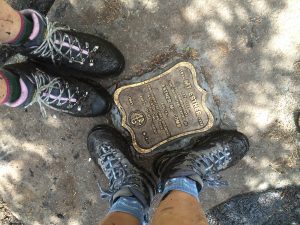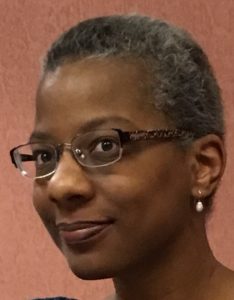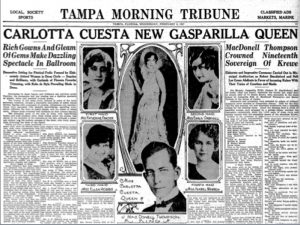Good morning! Are you ready for one more week of writing together? Head over to Jo’s blog for your Monday Morning Warm-Up, and then come on back for today’s post!
Our guest author today is the amazing Kat Yeh. Kat is the award-winning author of middle grade novels, THE TRUTH ABOUT TWINKIE PIE (an NPR Best Book of 2015) and THE WAY TO BEA (coming Sept, 2017) from Little, Brown Books for Young Readers, as well as picture book, THE FRIEND SHIP, from Disney-Hyperion. Kat and her family live in one of those crooked little nooks along the north shore of Long Island where they like to spend time exploring all the secret beaches and hidden paths. Learn more about Kat at katyeh.com.
P.S. You pronounce her last name YAY!
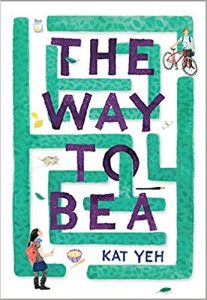
THE THING ABOUT THINGS
As writers and storytellers, we want our characters to be interesting and complex and unique. We want them to feel like people in the real world. And the thing about interesting, complex, unique people in the real world is that they usually have very specific interests or obsessions. They usually have Things.
In my first middle grade novel, THE TRUTH ABOUT TWINKIE PIE, my main character GiGi’s Thing was recipes from her dead Mama’s cookbook. When GiGi discovers that a girl from school has revealed an unexpected side of herself that GiGi thinks threatens her close friendship with new best friend, Trip, she reflects on a recipe from her Mama’s cookbook:
All I could think about was this salad DiDi used to make for potluck dinner. It’s covered with this blanket of mayonnaise on top, so you assume it’s all bland and mayo through and through. What you don’t see is that right under that blanket of bland, there’s all this stuff just hiding there. Waiting. Waiting for someone to realize that there’s more to it than just mayo. I used to feel sorry for that salad whenever I saw it sitting there on the table with no one digging in. But now I think it was lying in wait. All mayo and innocence on the outside, not letting us know what it really was on the inside.
This passage is followed by a recipe for Secret Layered Salad. By including recipes in key scenes, I could further the emotions of those scenes and the themes of the story, while also reinforcing this part of GiGi’s world and personality.
In my new middle grade novel, THE WAY TO BEA (Little, Brown Sept 2017), my main character, 12 year old Beatrix, is an exuberant artist and poet whose world turns upside down when she loses her friend group, upon entering 7th grade. By including her poetry throughout the novel, I am able to show how the ways Bea expresses herself change and reflect her emotions. She goes from fanciful free verse painted on her walls to strict haiku secretly scribbled in invisible ink as her world begins to feel unsafe and her actions more guarded. She struggles when she realizes that sometimes what she wants to express might not fit into the rules of haiku.
But just because you act a certain way, that doesn’t mean it becomes true or real.
Does it?
I mean, what if I just started acting differently? What if…I acted that way I wish I were?
if I act the way
I wish I were
am I still acting…or becoming?
Five, four, nine.
Start over.
I watch the lemon juice and water shine and then fade. It doesn’t fit in the haiku structure. But I like it. And I don’t know how else to explain how I feel.
Having a Thing is a great device to show your character’s personality and emotions, but Things are even stronger when they are also tied into the driving force of your plot. Think about Ali Benjamin’s THE THING ABOUT JELLYFISH and her character, Suzy’s obsession with – well, jellyfish and how this obsession plays throughout the storyline. Rebecca Stead’s WHEN YOU REACH ME with Miranda’s reading and rereading of A WRINKLE IN TIME. It may seem like a young girl’s quirky habit at first, but reveals itself to be much, much more.
That’s the thing about Things.
When your character has a deep seeded love, fascination, or interest, their story can unfold and be told in varied and dynamically different and wonderful ways. Which gives our readers all the more ways to connect and invest emotionally in our characters and stories. And isn’t that why we tell stories to begin with?
Your Assignment: Try giving your main character a Thing or a few Things. See what fits. What works. What would help drive your storyline. Write or revisit a passage in which they deal with conflict or deep emotion or sudden joy. Express it through their Thing. Experiment! You might learn something new about your character. And they might surprise you with a hidden layer that you never knew they had.





